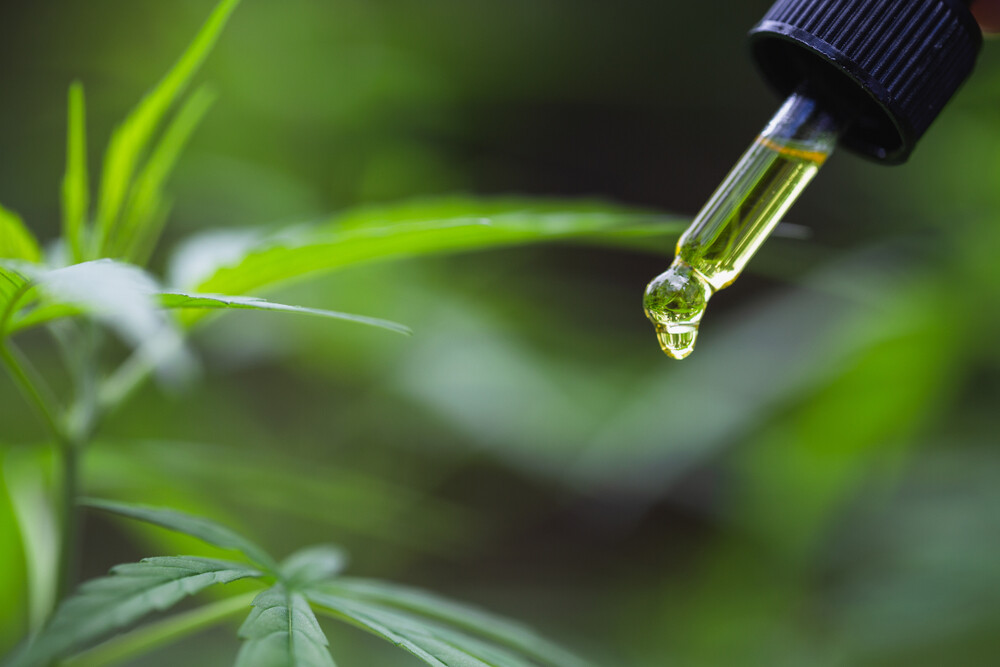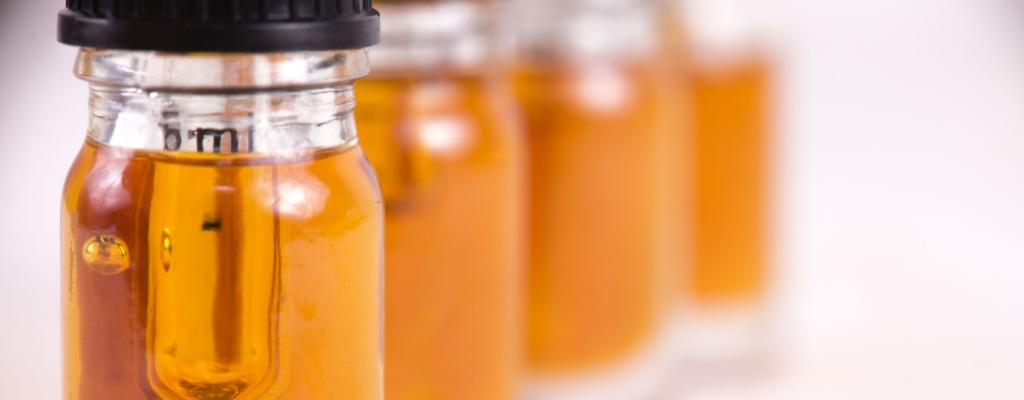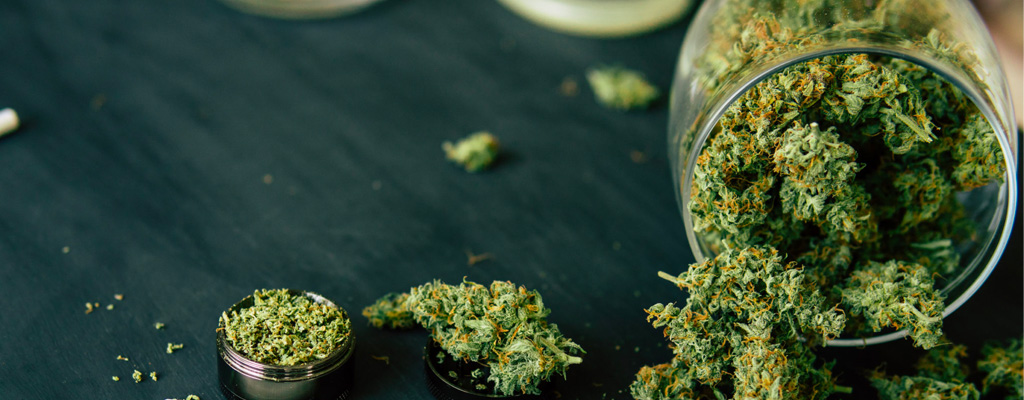If you enjoy cannabinoid oils and tinctures, you might be wondering how the process works. You may even be interested in DIY cannabis oil and what’s needed to make it.
Can you make cannabinoid oil at home? What kind of equipment do you need? Is it a simple process, or a complex one?
Keep reading to learn how to make cannabinoid oil at home. We’ll provide an overview of the process, explain the key steps, and share tips for success.
What is Cannabinoid Oil? Can You Make it at Home?
Cannabinoid oil, often casually called cannabis oil, is a refined product made with cannabis or hemp plants as the base material. Both plants contain similar active ingredients, although in varying amounts.
Specifically, those active ingredients are cannabinoids. These cannabinoids are thought to help address issues like inflammation and anxiety.
Most other cannabinoids, like Delta 8, HHC, and many more, are psychoactive. They’re often used to relax and unwind because they cause an elevated mood and an altered sense of perception.
Healthline describes the process of making CBD oil. CBD is first activated by heating it. Then mixed with a carrier oil (i.e. an oil safe for application to the body, like coconut oil or olive oil).
But what about making cannabis oil instead of CBD oil? The same foundational principles apply.
Key steps in this process include:
- Decarboxylating the hemp. Decarboxylation is a chemical change that activates the cannabinoids in the hemp buds. In practical terms, it means using relatively low heat to ensure you can feel the effects of the cannabinoids in the oil.
- Combining carrier oil with ground hemp over low heat. The warmed oil will extract the active ingredients from the hemp because those ingredients are fat soluble. This is crucial for making DIY cannabis oil that actually works.
- Straining the oil. To make easy-to-use, less messy cannabinoid oil, you need to strain the mixture to remove the plant material. While the mixture will technically work even with the hemp still in it, it leads to a less pleasant experience.
You certainly can make cannabinoid oil at home. All you need to start are some basic kitchen tools, a carrier oil, and hemp flower. We’ll take a closer look at the process of making cannabis oil at home in the next section.
Cannabis Oils vs Cannabinoid Oils
All cannabinoid oils sold by Delta 8 Resellers contain cannabinoids derived from hemp plants. They contain cannabinoids, but not cannabis. That means they’re federally legal and can be sold and otherwise transported across state lines.
However, some states and municipalities restrict or prohibit the sale and possession of hemp-derived cannabinoids. That’s why we strongly recommend looking into your local laws before making a purchase.

DIY Cannabis Oil: Making Cannabinoid Oil at Home
Wondering how to make cannabis oil at home? This basic guide can get you started.
Here are a few pieces of advice to keep in mind before you start making your own cannabinoid oil:
- The correct temperature is especially important for activating the hemp flower as well as combining the oil with those active ingredients. Too high of a temperature can cause a loss of potency and a less useful final product.
- Some hemp flower is already activated when sold. Check out the label and product description to see if the buds are decarboxylated or not.
- You can decarboxylate hemp flower in the oven. Weedmaps offers an in-depth guide to the decarbing process. The major points are to break the buds into small pieces, spread them across a lined baking sheet, bake them at 250 degrees Fahrenheit for about 20 minutes, and let them cool completely before making your oil.
To make cannabinoid oil at home, you need:
- A crockpot or slow cooker.
- A fine strainer or, alternatively, a cheesecloth.
- A sterilized container to store the final product.
- A flower grinder or similar tool that can coarsely grind the activated flower.
- 1 cup of carrier oil, such as coconut oil or olive oil.
- 7 grams, roughly, of decarboxylated and ground hemp flower.
Set your slow cooker or crockpot to low (ideal temperature range:130-150 degrees Fahrenheit). Then, add the carrier oil and give it a few minutes or so to warm up. Mix in the activated hemp flower.
Believe it or not, you’ve done most of the work at this point. However, there’s a lot of time left in the process.
You then need to let the flower soak in the oil in the crockpot for about 4-6 hours, stirring it occasionally. This ensures the active ingredients from the flower make their way into the oil.
Once the flower has finished its time in the warmed oil, it needs to be strained out. Use a fine-mesh kitchen strainer or a cheesecloth to separate the ground flower from the oil. Then, transfer that clarified oil into a sterilized container.
It takes some time and a few pretty basic kitchen skills, but you can make cannabinoid oil at home!
Using DIY Cannabinoid Oil
Once the oil is cooled, you can use it in several ways. You can swallow it, add it to beverages, cook with it, and even apply it topically (i.e. directly to your skin).
A Very Important Warning About DIY Cannabinoid Oil
Home kitchens don’t have the same equipment that leading brands use to make commercial cannabinoid oil. That makes it difficult to determine the exact potency of your oil.
We recommend taking a small dose and waiting about 30-90 minutes to feel its effects. Based on the recipe above, start with a tablespoon of cannabinoid oil (0.5 ounces, about 1/16 of the total recipe). Based on the effects of that test dose, you can determine how much to use going forward.
Cannabinoid Oils From the Industry’s Best Brands
Making cannabinoid oil at home can be a fun experience. However, you may not have the time to tend a crockpot for 4-6 hours. Or, you may want a consistent cannabinoid oil with clear guidance about its potency.
The convenience and consistency of cannabinoid oils from leading manufacturers can help! At Delta 8 Resellers, we only partner with exceptional industry brands to provide you with the very best hemp-derived cannabinoid products, including cannabinoid oils.



